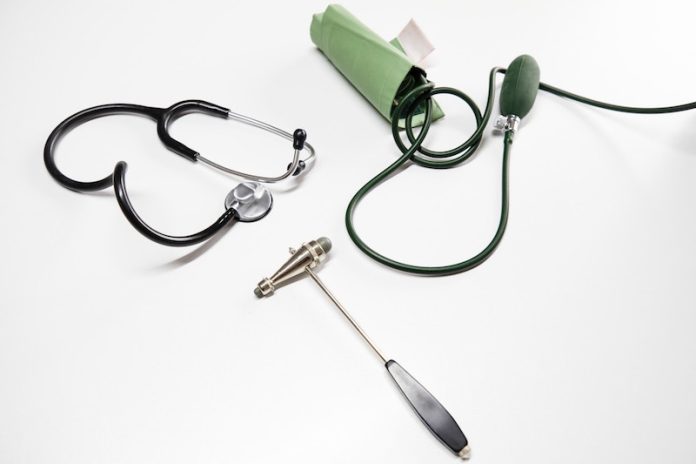
High blood pressure, also known as hypertension, is a widespread health issue affecting millions around the globe.
It’s often called the “silent killer” because it can go unnoticed for years, all the while causing damage to vital organs like the heart and kidneys.
A groundbreaking discovery has emerged that could be a beacon of hope for many struggling with this condition.
A group of scientists from Queen Mary University of London and other institutions has developed a revolutionary scan that can detect and aid in treating high blood pressure.
A Closer Look at High Blood Pressure
High blood pressure occurs when the force with which blood pushes against the artery walls is too high. Persistent elevated pressure can lead to severe health complications such as heart disease.
Often, individuals are unaware of having it due to the absence of noticeable symptoms, which can lead to undiagnosed damage over the years.
Traditionally, high blood pressure is managed through lifestyle modifications and medication. However, not everyone responds well to these interventions, necessitating the need for innovative solutions like the recently discovered scan.
Introducing the Super Scan
Previously, identifying whether high blood pressure was due to tiny lumps, or nodules, in the hormone gland, which increase the production of the hormone aldosterone, elevating blood pressure, was challenging.
Traditional methods, like catheter tests, were not only cumbersome but also ineffective and unavailable widely.
This is where the super scan brings a paradigm shift. It successfully identified the presence of nodules in two-thirds of the 128 participants suffering from high aldosterone-induced high blood pressure.
This scan employs a radioactive dye that specifically illuminates the overactive nodule, making it an efficient, pain-free, and fail-proof method to pinpoint the problematic gland.
Implications for Treatment
This discovery doesn’t just stop at detection; it opens doors to effective treatment. Once the nodules are identified, they can be safely removed.
Combined with a simple urine test, this method can also indicate which individuals can cease their blood pressure medications post-treatment.
In a subset of patients who normalized their blood pressure post-intervention, the super scan, coupled with the urine test, correctly identified 76% who could be completely cured by gland removal.
This is monumental, as, before this, no test could definitively predict a complete cure from high blood pressure post gland removal.
Most people with such nodules go undiagnosed due to the unavailability and inefficiency of existing tests, but the advent of this super scan could be a life-changer for many.
A Glimmer of Hope and the Path Forward
For those engaged in a relentless battle with high blood pressure, understanding and utilizing new advancements, like this super scan, is pivotal.
This innovation is promising for those who have been unsuccessful with standard treatments and is anticipated to be accessible to everyone in need soon.
Additionally, exploring lifestyle aspects like the timing of meals and choices of beverages, like tea, can also contribute to managing high blood pressure effectively.
A holistic approach, integrating advanced technology and lifestyle modifications, can be instrumental in mitigating the risks associated with high blood pressure.
This groundbreaking study, led by Professor Morris Brown, has been published in Nature Medicine and serves as a hopeful indicator of the future advancements in hypertension treatment.
However, any alterations to treatment plans should always be discussed with healthcare providers to ensure safe and optimal health outcomes.
If you care about high blood pressure, please read studies about how fasting may help reverse high blood pressure, and beetroot juice could help reduce blood pressure
For more information about blood pressure control, please see recent studies about teas that may help reduce high blood pressure, and results showing this recommended high blood pressure drug may have dangerous side effects.
Follow us on Twitter for more articles about this topic.
Copyright © 2023 Knowridge Science Report. All rights reserved.



